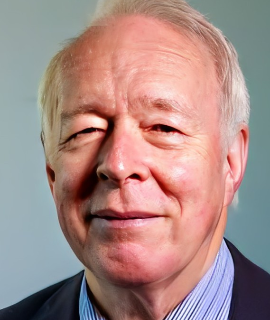Halitosis
Halitosis, commonly known as bad breath, can be a symptom of poor oral hygiene and an indicator of other health issues. It is one of the most common dental conditions, affecting up to forty-five percent of the population on a regular basis. Halitosis is a result of the breakdown of proteins and bacteria in the mouth, which can lead to a number of unpleasant odors. The primary cause of halitosis is poor oral hygiene, such as inadequate brushing and flossing. If bacteria and food particles are left in the mouth, they will start to decompose and produce compounds called volatile sulfur compounds (VSCs). These compounds create an unpleasant smell that is often associated with halitosis. In addition to oral hygiene, other causes of halitosis include dry mouth, smoking, gum disease, certain medical conditions, and medications. Good oral hygiene is essential for controlling halitosis. Brushing two to three times a day and flossing at least once per day can help reduce the amount of bacteria in the mouth and limit the formation of VSCs. In addition, regular dental cleanings are essential for removing bacteria and debris that contribute to halitosis. Healthy lifestyle habits, such as quitting smoking, avoiding highly acidic foods, drinking plenty of water, and eating a balanced diet, can also help. If problematic halitosis is persistent, it is important to see a dentist to rule out any underlying medical conditions or gum diseases that may be the cause. Your dentist may also recommend or prescribe special products, such as mouthwashes and tongue scrapers, to help reduce bad breath. Your dentist can also provide tips to help with dry mouth, which can be a source of halitosis. Overall, halitosis can be an embarrassing and uncomfortable condition, but it is not an insurmountable problem for most people. With proper oral hygiene and lifestyle choices and, if needed, help from your dentist, you can greatly improve the related odors of halitosis and ensure a healthier mouth and a more pleasant breath.

David Geoffrey Gillam
Queen Mary University of London, United Kingdom
Christopher Turner
Spacemark Dental, United Kingdom




Title : Evaluating hygienist follow up for head and neck oncology patients in secondary care: Results from a two cycle audit
Peter Basta, Newcastle Dental Hospital, United Kingdom
Title : Atypical facial pain unravelled
Christopher Turner, Spacemark Dental, United Kingdom
Title : New treatment of temporomandibular disorder through muscle balance and muscle regeneration by activation of quiescent muscle stem cells( satellite cells) with mitochondrial dynamics
Ki Ji Lee, National Reserach Foundation & Busan Medical University, Korea, Republic of
Title : MRONJ and ORN: Referral or management in primary care? Navigating guidelines in the context of long waiting lists
Alisha Sagar, NHS England, United Kingdom
Title : Managing the unexpected: An Insight into supernumerary teeth
Bahar Gharooni Dowrani, Guy's and St Thomas' NHS Foundation Trust, United Kingdom
Title : Laxative prescribing for post operative head and neck cancer patients at Derriford Hospital
Pui Sze Kylie Li, Cardiff and Vale University Health Board, United Kingdom